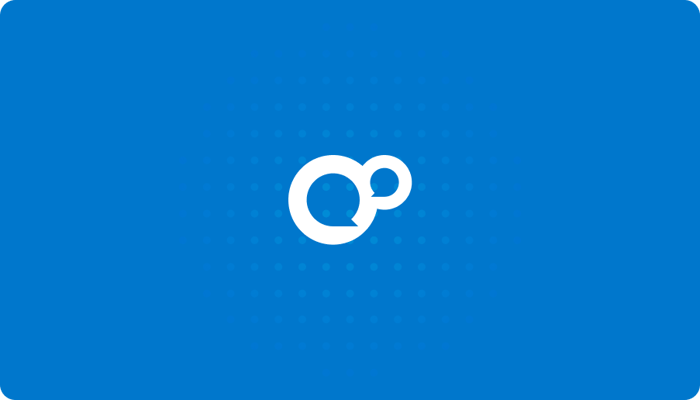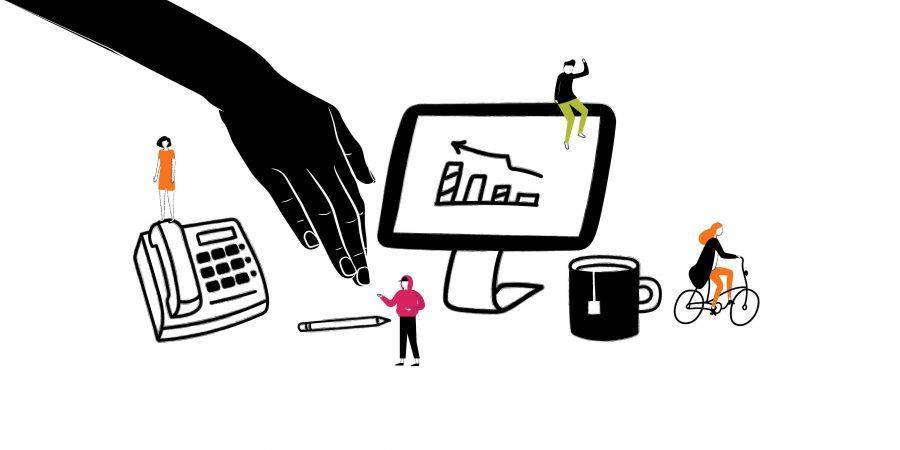Investing in Your Workforce: Continuing Professional Development Explained
In recent years, the Learning & Development industry has seen a shift in workplace learning. No longer is the focus on compliance training and tick-box exercises. Instead, training aims to offer learning opportunities that will help employees achieve professional development within their chosen career path.
At Learning Pool (formerly HT2 Labs), we have always strived to achieve great results for our customers. To put the fun back into online learning and, to encourage your learns to want to participate in learning, rather than it being a forced, unwanted requirement of their job role.
This is where Continuing Professional Development [CPD] and, our Stream LXP (formerly Curatr) Learning Experience Platform, launching in September, comes in.
What is Continuing Professional Development?
It is becoming recognised that, for an organisation to truly see the benefit of workplace learning, it should fixate upon enhancing the performance of the employee, rather than increasing their knowledge of subject matter regarding their chosen role.
Firmly rooted in the outcome of results and the applications of skills, CPD is a combination of approaches, ideas and techniques that provide learners with the ability to manage their own learning journeys and professional growth.
CPD sees learners combining a variety of methods, including self-directed learning, goal-based learning and problem-based learning, taking a real hands-on approach to their learning experience.
For too long, workplace learning has consisted as mandatory, compliance training. The type of training we all know we have to do, but no one is ever truly excited by the prospect. I am sure almost every one of you has taken part in some form of learning that consisted of a never-ending list of content to be memorised and then recited in an end-of-course test at some point throughout your careers.
Unfortunately, this does very little for user engagement and user retention.
It has to be said, it is unrealistic to expect your employees to trawl through a tiresome list of content, requiring nothing more from them than their ability to read, and then expect them to apply what they have ‘learned’ to their day-to-day work-related tasks.
There is a light at the tunnel, however. CPD sees us moving away from these traditional methods, establishing a more interactive and, performance-enhancing approach to learning.
CPD enables learners to realise the value of their learning experience, considering the rewards that can be achieved in terms of their own professional development, as well as the impact this improve-skills set will have on their organisation.
What are the Key Features of CPD?
- Self-Directed – the learners journey, goals and chosen activities should be controlled by them.
- Setting Goals – development should be achieved through setting goals, attained through appropriate and beneficial learning activities.
- Formal and Informal – learning should occur through formal activities, provided to learners by Instructional Designers, as well as informal social interaction with fellow learners and, personalised recommendations.
- A Tracked Process – one can only reflect on their journey if they can accurately observe their progress from “basic” knowledge to “more advanced” practice.
How Does Training Differ From Development?
For the CPD approach to thrive, learners and organisations must be able to differentiate between training and development.
Training is a formal and linear process, typically involving the learning of how to do something specific, relating to skill and ability. Training can be as straightforward as practicing health and safety checks or, as complex as learning how to build an engine.
Development, on the other hand, is informal and involves a wider application, enabling you to achieve a range of things relating to capability and competency. It notes progression from the very basic to the more advanced and, usually includes widening the learners range of transferable skills, including leadership, organisation and problem-solving.
Why CPD?
Like we mentioned, compliance training is become outdated and, for you to truly to understand how learning is impacting your organisational growth, the development of your employees in their professional capacity is something to really start investing in.
Some benefits include:
- Tracking the journeys of all your individual learners provides evidence of their professional development for their next performance review.
- Learning becomes more relevant to the individual learner by focusing on their own career goals, creating a more achievable and time-effective pathway to getting there.
- Uncovers gaps in the skills and capabilities of your workforce, allowing you to create more learning opportunities to help advance these specific skills.
- Allows for real-world problems, scenarios and learning activities which exist as practice for similar cases in their own job role.
If you’d like to learn more about some of the methods associated with Continuing Professional Development read up on Self-Directed Learning and Setting Goals via our blog. If you think compliance training is still a necessary part of your training, join our Compliance Training: A More Social Approach OLX to learn how to make it a more engaging experience.


